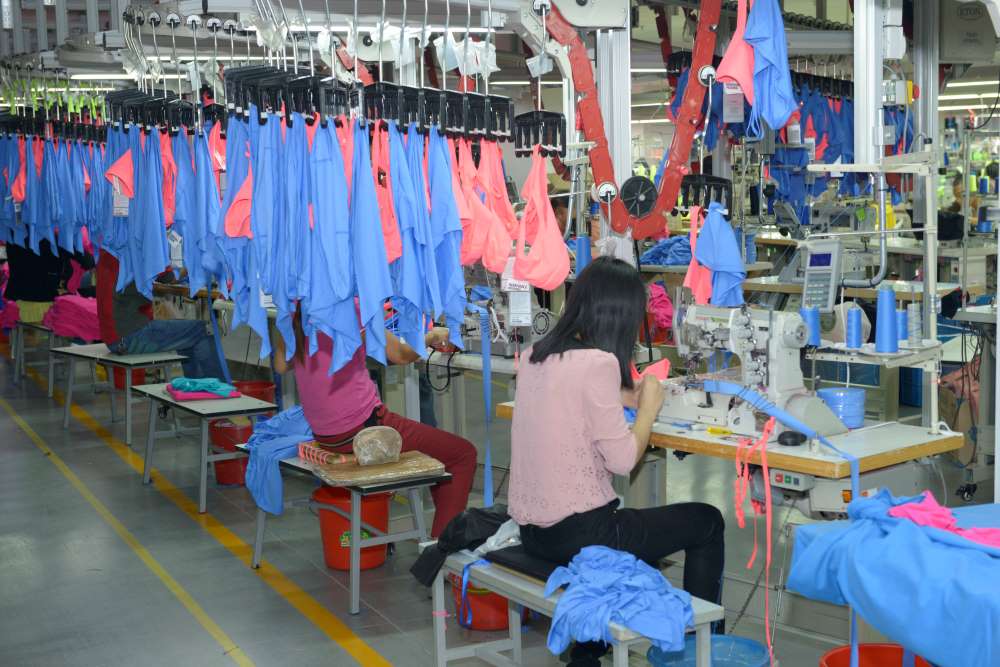
After a strong year in 2022, China's fashion industry suffered in 2023 due to weak domestic consumption. This is a double blow for China, which has been shifting its textile industry focus from exports to the domestic market in recent years. The country’s textile and apparel industry is facing several headwinds especially in the export market.
Challenges in the export market
Increased competition: Chinese manufacturers are facing more and more competition from each other domestically, as well as from countries like Vietnam. This is due to a combination of factors, including rising labor costs in China and trade tensions between China and the United States. This competition extends to raw materials like cotton, with almost all Chinese cotton coming from Xinjiang, a region facing controversy over alleged forced labor practices.
Rising shipping costs: The ongoing Red Sea crisis has led to higher shipping costs for Chinese companies exporting to Europe. While the impact is less severe than during the pandemic, it still adds an additional burden to exporters.
Shein's disruption: The rise of Shein, a major online fashion retailer known for its low-cost clothing, has captured market share from traditional Chinese manufacturers. While Shein's focus on small and medium-sized runs differs from traditional manufacturing processes, it raises concerns about the perception of Chinese-made clothing.
Trade tensions: The US-China trade war over allegations of forced labor in Xinjiang, a major cotton-producing region in China, have led to boycotts of Xinjiang cotton and concerns about the ethical sourcing of materials.
However, the Chinese government is prioritizing industrial development, allocating funds to support manufacturing and technological innovation to manage the challenges. This shift in focus away from the struggling real estate sector could benefit the textile industry. Also, Chinese manufacturers are now focusing on new markets. China is strengthening trade ties with Russia and other emerging markets, which could help offset some of the decline in exports to Western countries.
Trends that emerged at Intertextile Shanghai Apparel Fabrics
Interestingly, the just concluded Intertextile Shanghai Apparel Fabrics, threw up some interesting trends on the Chinese market. It highlighted, the sportswear sector is a bright spot in the Chinese textile and apparel industry, with growing demand for functional outdoor and sportswear fabrics . This trend is reflected in the increased focus on sportswear fabrics at trade fairs like Intertextile. Also, different Chinese cities are competing with each other to attract investment in the textile industry, with some regions specializing in certain products.
In short, the Chinese textile and apparel industry is facing a number of challenges, both domestically and in the export market. However, the government is taking steps to support the industry, and there are some positive trends, such as the growth in sportswear. The future of the industry will likely depend on China's ability to address these challenges and adapt to changing market conditions.












